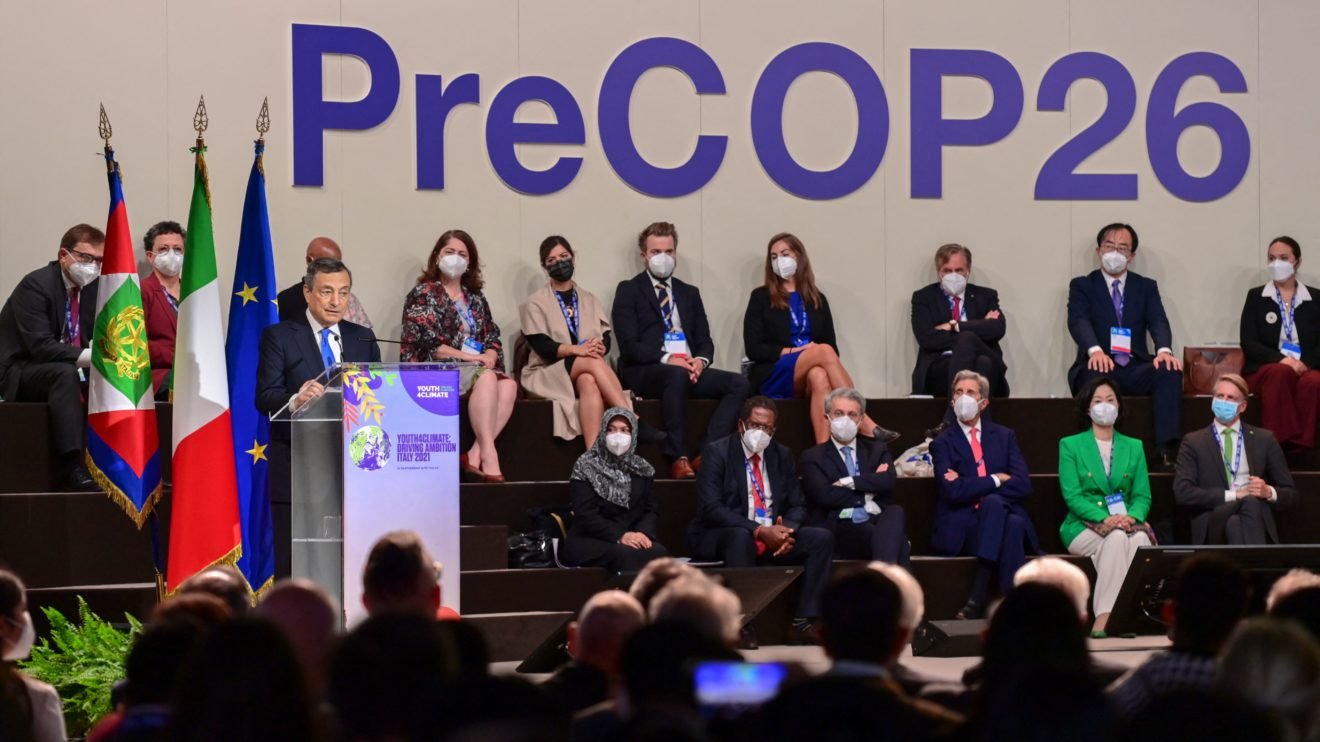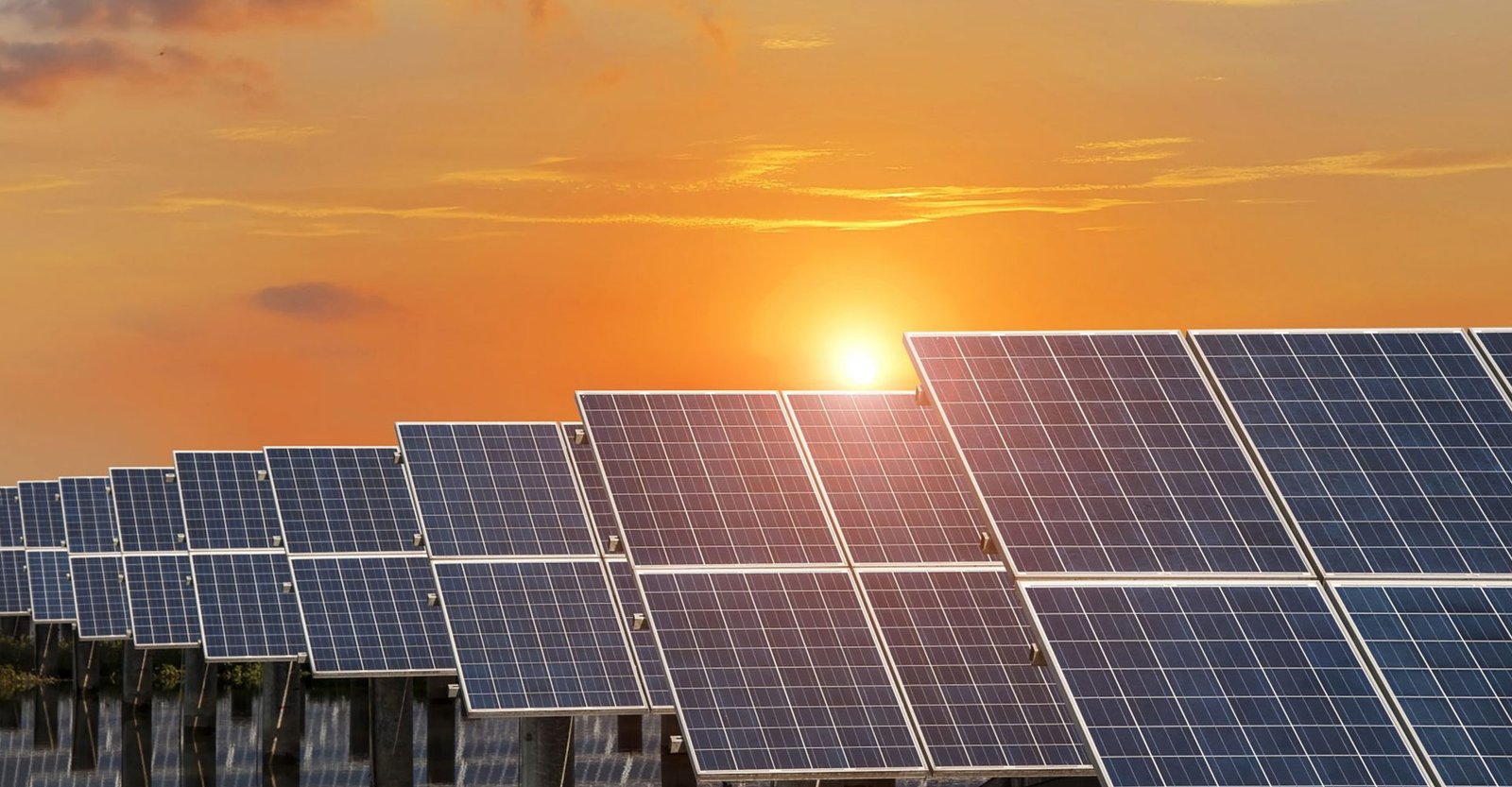HIGHLIGHTS
- Shipping routes for iron ore and containerized cargo were at the heart of a plan to cut carbon emissions by cargo sea by 2030.
- Emissions reduction plans are expected to move to 20% zero emissions per corridor by the end of the decade.
FULL ARTICLE
COP26 climate summit
At the COP26 climate summit in Glasgow, Scotland, shipping routes for iron ore from Australia to Japan and containerized cargo from East Asia to Europe were at the heart of a plan to cut carbon emissions by cargo sea by 2030.

An alliance of 19 countries, including the UK, US, France, Germany and Japan, has agreed to establish shipping routes under the zero-carbon Clydebank Declaration agreement connecting ports to accelerate progress in decarbonization of the global maritime industry. In which, the participating countries agreed to support by 2025 to set up at least 6 blue sea transport corridors.
Shares of shipping companies fell compared to the plan. Accordingly, the International Maritime Organization levies a potential carbon tax on global shipping that could amount to $94 billion annually for the industry or an average of 6% of revenue.
According to the World Economic Forum, international shipping accounts for about 3% of global carbon emissions (or 90% of commercial goods transported), equal to the output from the world’s second-largest polluter. six. Without decarbonization efforts, industry emissions could increase by 50% by 2050 based on the projected expansion of seaborne trade.
Green sea transport corridor
In order to meet the target of 50% reduction in greenhouse gas emissions from ships by 2050 compared to 2008 levels, green, carbon-free ammonia and green methanol are important factors to consider. Proposed “candidates” as an alternative to fuel might consider hydrogen, batteries or nuclear power.

According to Faustine Delasalle, co-executive director of the Mission Possible Partnership, emissions reduction plans are expected to move to 20% zero emissions per corridor by the end of the decade. Australian ore exports will require 10 carbon-free vessels to meet that target, and container flows from China and other producers to Europe amount to 70.
As such, 200-300 ships would be needed if zero-emissions fuels account for 5% of global maritime supplies by the end of this decade, in line with the push to promote zero-emission international shipping by 2050.
“We need commercially viable, zero-emission ocean-going vessels in the global fleet no later than 2030. We are on the wrong trajectory now. These green corridors are part of the solution,” said Morten Bo Christiansen, who heads a new decarbonization team at A.P. Moller-Maersk A/S, the world’s biggest container line, which is backing the declaration.
Thanh Thao
FURTHER READING:
Battery-powered container ships – a new solution for the supply chain













